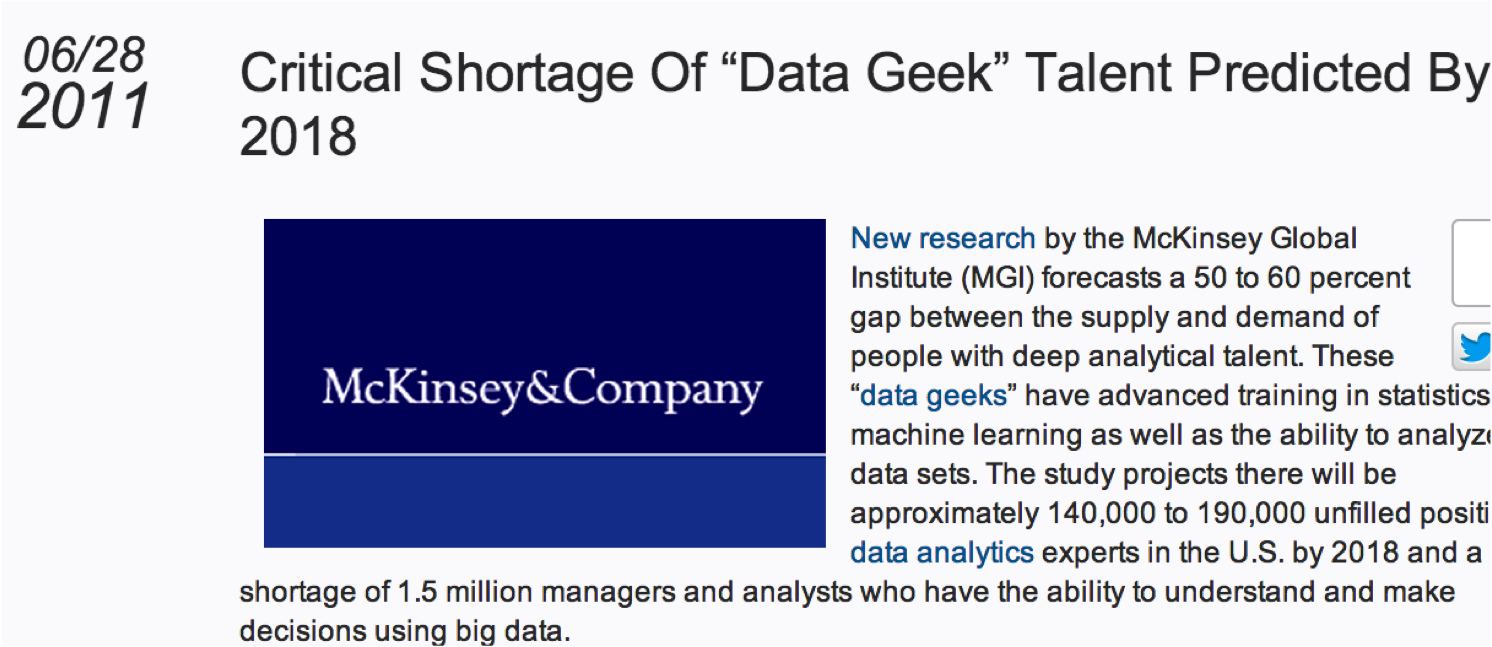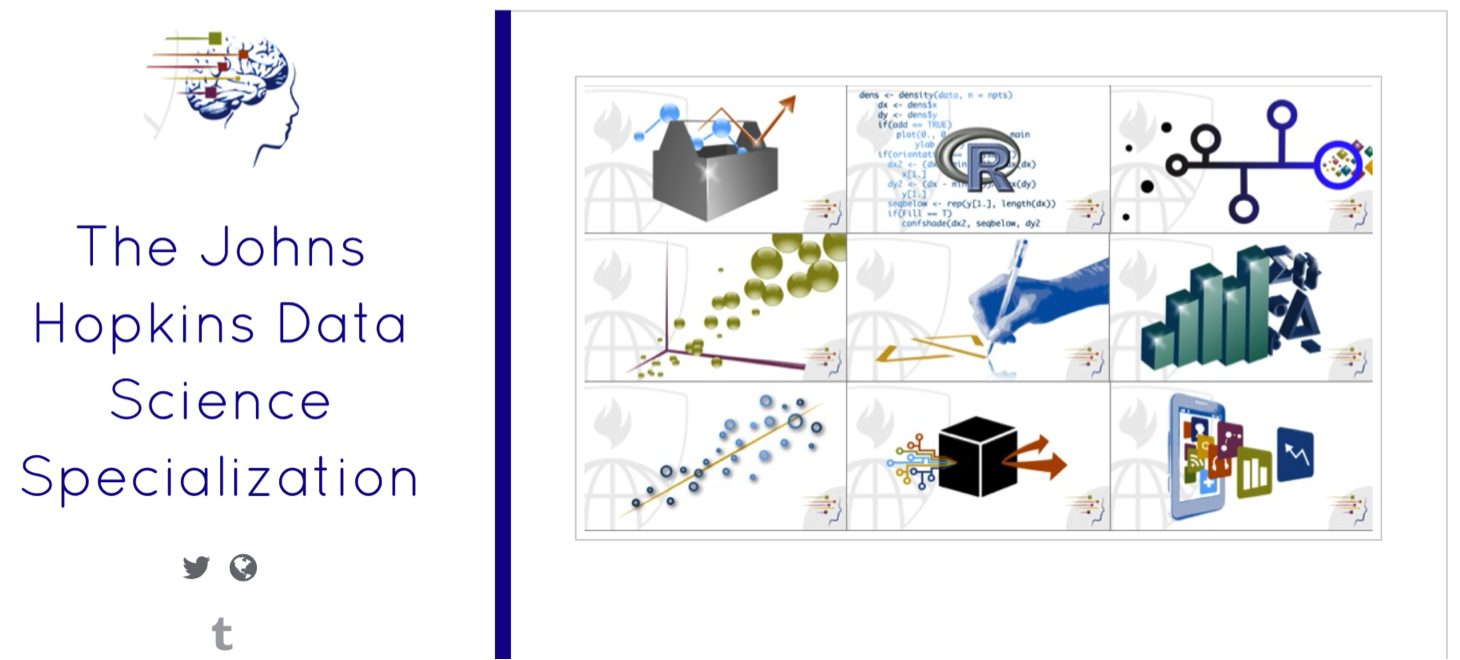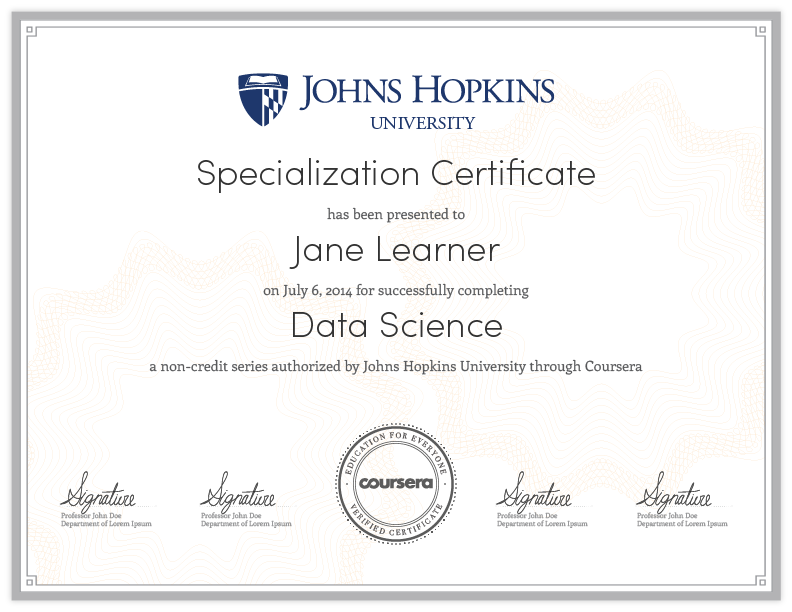Outline of the talk
- Who the heck am I?
- A brief taxonomy and history of online educational models
- Massive Open Online Courses (MOOCs)
- JHU Biostat involvement in Coursera
- Novel moving target directions of the field statistics
- Data Science series
- SWIRL
Brian Caffo
Department of Biostatistics, Johns Hopkins Bloomberg School of Public Health




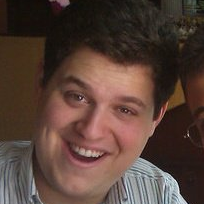





Primary characteristics are open access, low cost, scalable, online
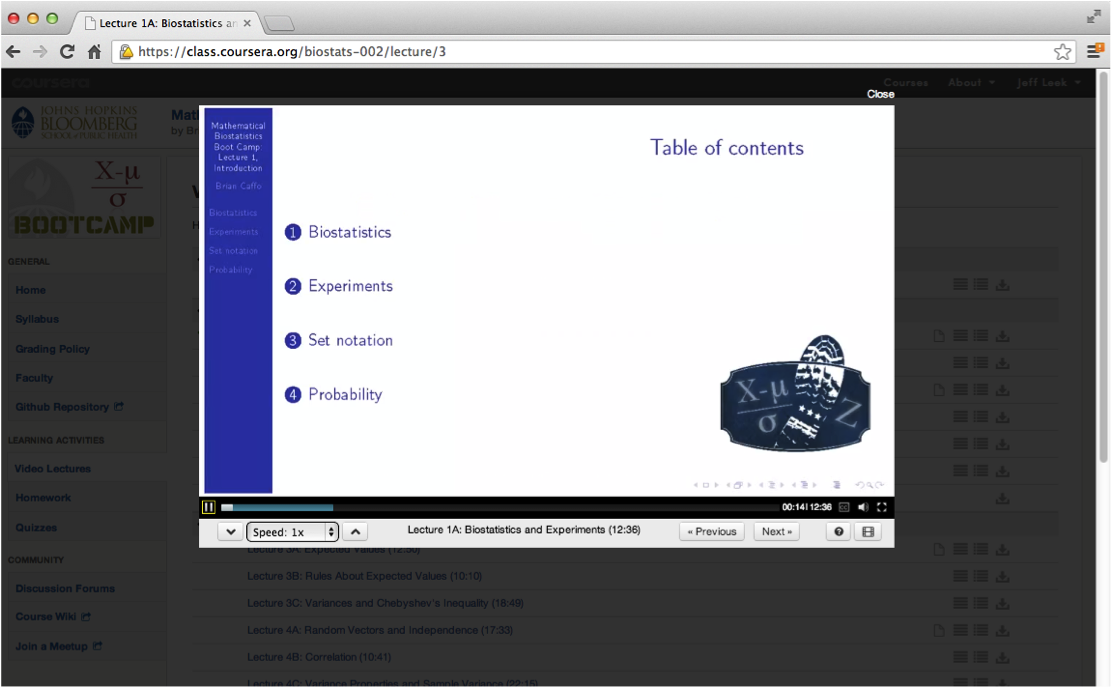
Equipment

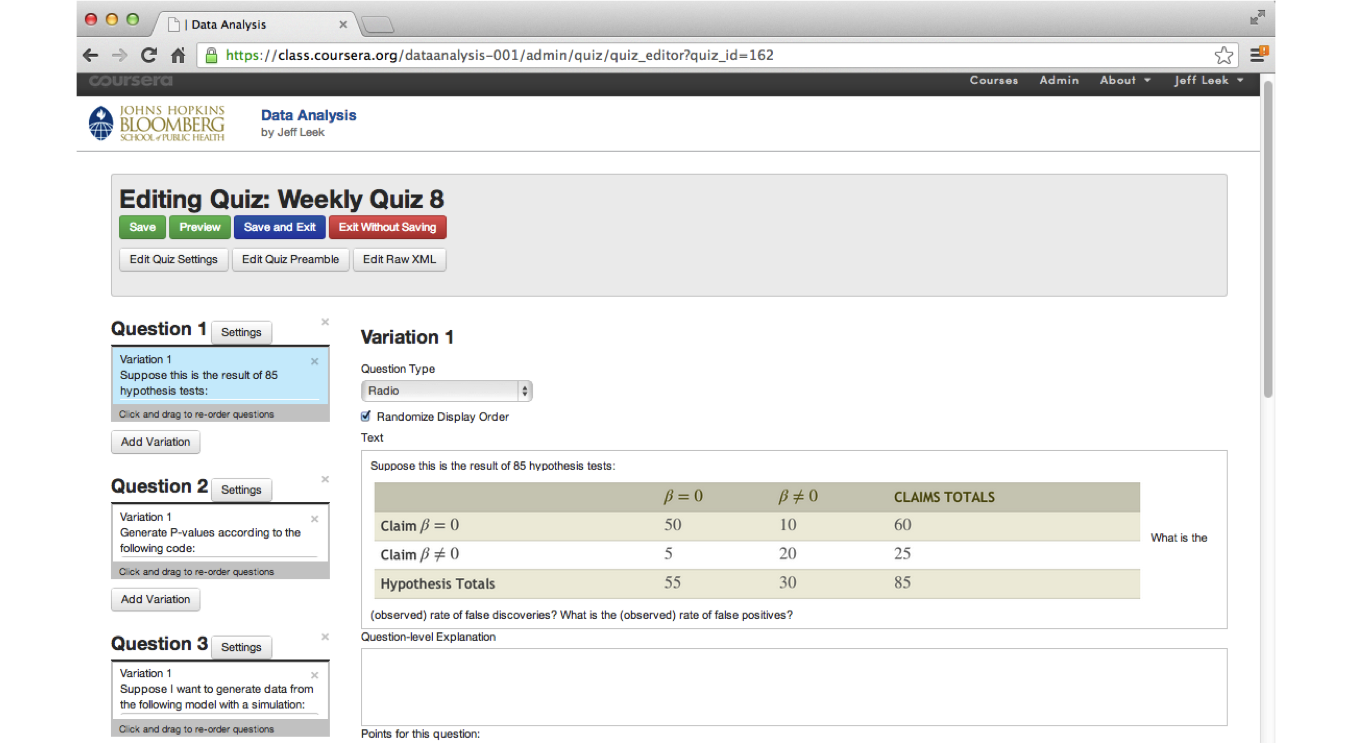

(Forums can be brutal)
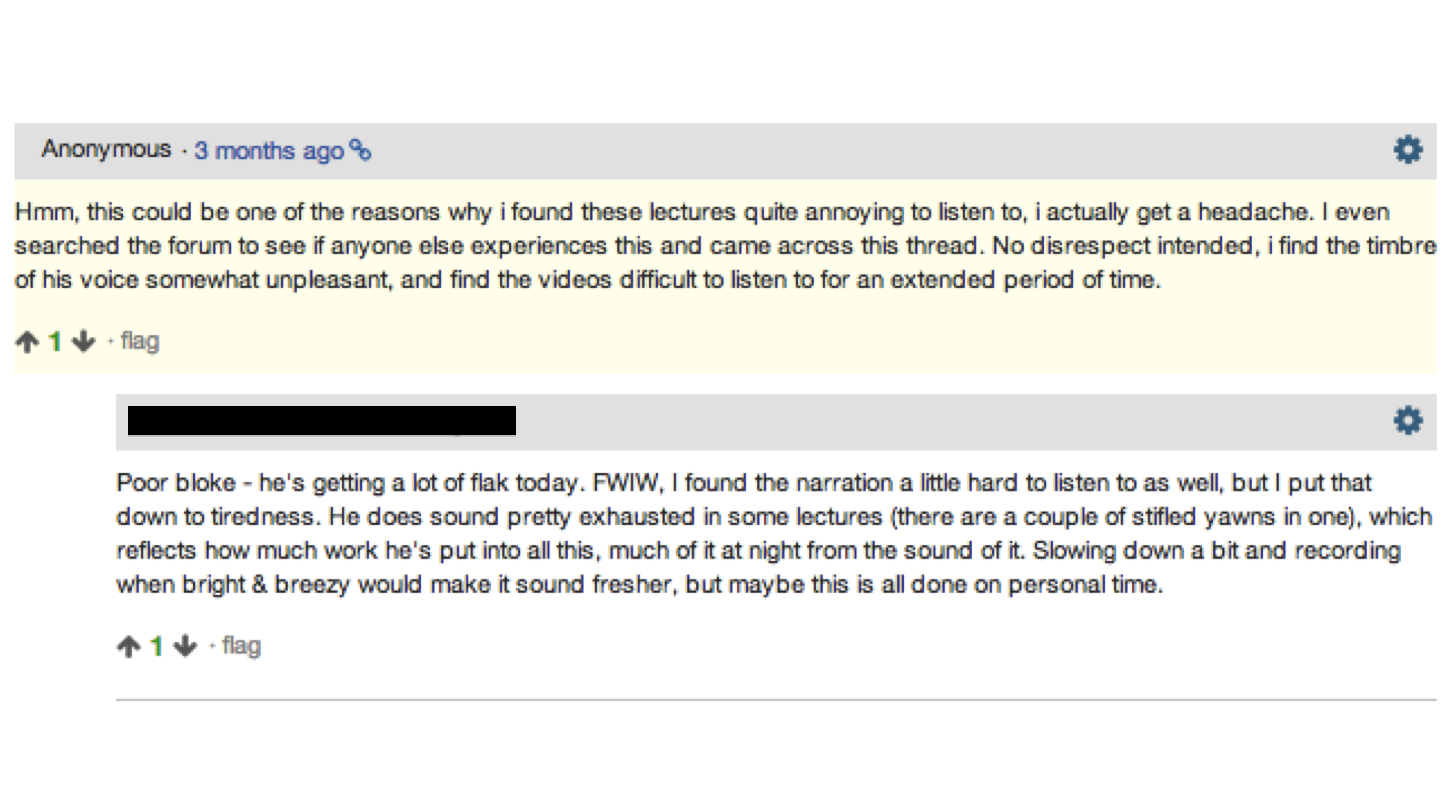
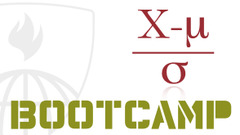
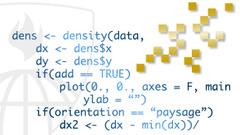
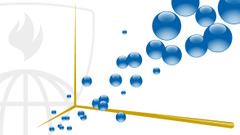
13 class offerings
Minimum class size of 6,742 for class MBBC2 offering 2
Maximum class size of 101,747 for class DA offering 1.




